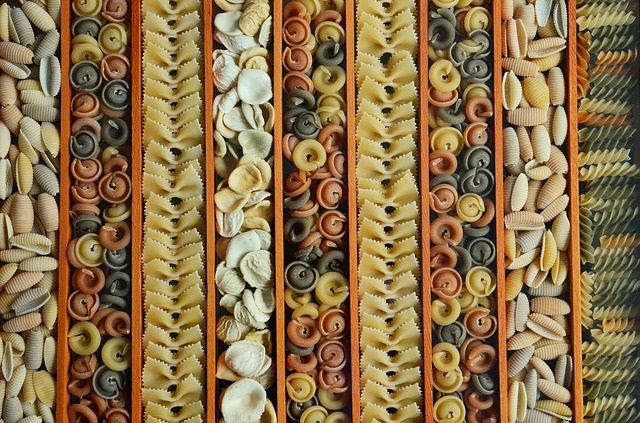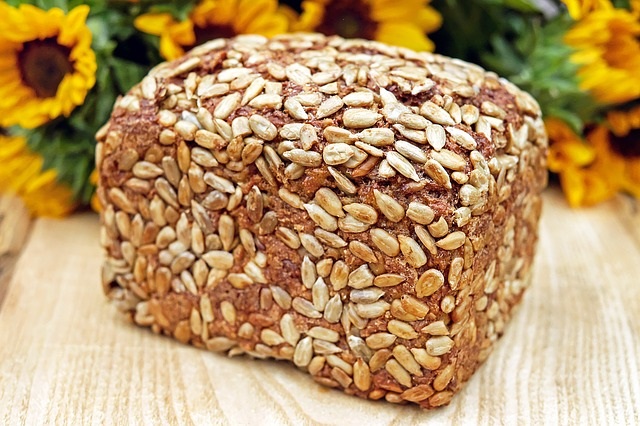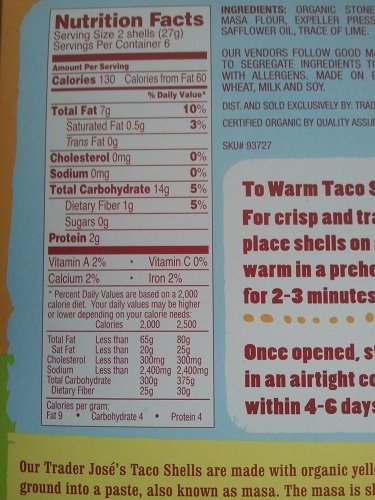Healthy Grains
Eating whole grains are a healthy diet habit to adopt, although the low carbohydrate diets have made many of us fearful of them! Any food that is made from wheat, rice, oats, cornmeal, barley or another cereal grain is considered a grain product. They are generally classed in two categories, and this is where the confusion lies. I added a third grain category, which I think makes it easier to end the confusion!
- Whole grains, which contain the whole grain kernel like 100% whole wheat flours, cracked wheat, oatmeal, popcorn, whole grain cornmeal, brown rice, barley, rye, wild rice, quinoa, millet, buckwheat, amaranth, and other whole grains. They are full of fiber, iron and B vitamins. Great choices! Learn to cook them all!
- Refined grains, are ones that have been milled, and the healthy part of the grain has been stripped away. This removes the fiber, iron and many of the B vitamins, but makes lighter grains that are great for baked goods. They are the products containing white flour like bread, rolls, buns, crackers, flour tortillas, noodles, pastas, pitas, pretzels, boxed breakfast cereals, cornbread and corn tortillas. Most of them are enriched, which means that the iron and B vitamins are added back in after refining, but not the fiber. Many refined grains are highly processed and contain lots of sugar. They are poor choices. Some refined grains are mixed with whole grains and are better choices!
- Whole grains in refined foods are the confusing grains. This class of grains are foods like 100% whole grain pastas, 100% whole grain breads, crackers, rolls, buns, 100% whole wheat couscous 100% whole wheat tortillas, and others. These are foods that have been made by man, but they contain 100% whole grains. They are healthy choices.
Manufacturers know that you are looking for these products, and will try their best to trick you. You must be savvy! Check the label, and if it says 100% whole grains, it is great. If it says, made with wheat flour, it is not whole grain, even though it sounds healthier than enriched flour. It is probably the same flour labeled to trick you!
Grain Guidelines
Grain guidelines are confusing to most of us. This confusion is justified. The United States organizations that regulate serving sizes are not in agreement. It’s no wonder that most of us are confused. Grain guidelines listed by each organization are:
- The USDA, the organization that develops the food plate, recommends the following guidelines. You should fill your plate 1/4 full of grains at your meals. A serving of grain is 1/2 cup of cooked grain or to clarify this, they recommend 3 to 8, 1oz. servings of grain, depending on if whether you are a child, girl, boy, woman or man. See their Grain Chart! Most of us do not weigh our foods, so this information is meaningless. How do you figure your bread choices?
- The FDA considers a serving of grain to be 1 cup or 2 oz, which is twice the serving size that the USDA recommends.
- Food labels often use a different serving size, than either of those guidelines. They do not want their product to appear too caloric! Yes, they are trying to trick you! No wonder you are confused!
- The correct serving size is found on the USDA Grain chart. The USDA also recommends that half of your grain choices should be whole grain! I would recommend shooting for mostly whole grain choices, because they taste much better and you will be lowering your processed food intake!
- A 1 oz serving of grains is: 1/2 cup of rice, noodles, couscous, quinoa, or any grain that you choose. Breads are more difficult, because you can purchase breads that are many grain servings. My choice is to buy the 45 calorie Light and Healthy breads that contain 3 gm of fiber per slice. Each slice is a little less than an ounce.
The serving size recommended is to buy bread that is the size of a CD case. You can divide the package weight by the number of servings to get the oz size per serving. Who does this? Many of you buy the supersized bread slices full of all the nuts and seeds, which are great, but more than one grain serving for each slice.
Grains Galore!
Many of you get into trouble with grains, because you do not understand the difference between a serving, and a portion and consistently over eat grains. A serving is the USDA’s recommended amount, and a portion is the amount that you actually eat, which is often many servings. An average bagel could be 5 grain servings, a sandwich for lunch could be 4 grain servings, pasta for dinner could be 6 grain servings, and that single serving cookie might be 4 grain servings. Wow, by eating a bagel, 2 slices of bread, pasta and a cookie, you could have eaten 19 servings of grain!
When asked if you usually over eat grains, you might have replied, "I had 5 servings of grain today, because I try to eat healthy!" This does not mean that you need to cut grains out of your diet. You need to become educated about grain serving sizes and avoid the supersize movement!
Understanding grains is a great Lifestyle Solution. Grains are a healthy diet habit for all of you, but understand the serving sizes, and take the extra time to avoid being tricked by savvy marketers. No, that sugared cereal made with grains is probably not too healthy!
Facebook - Like This Page?
Facebook - Like This Site?
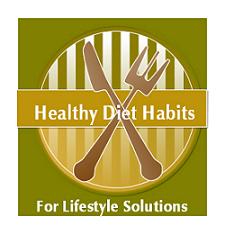
Please Check out my other Website!
We will be moving the Healthy Diet Habits Website to the Holiday site!

US and Around the World - Includes the many Health Awareness Days/Weeks/Months
Lots of Food Holidays and Holiday Food Tips!!
Related Pages
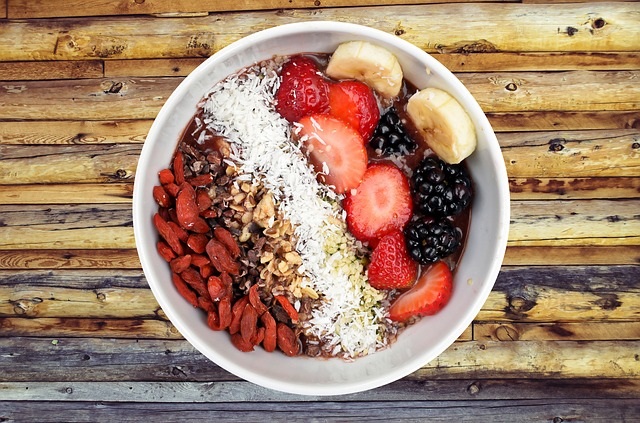
Healthy Eating
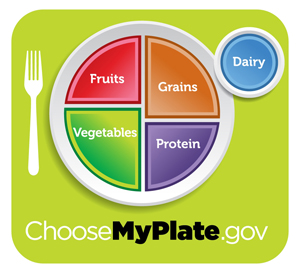
- Food Guidelines
- My Plate Guidelines
- Fruit Guidelines
- Vegetable Guidelines
- Grain Guidelines
- Protein Food Guidelines
- Beans
- Dairy Guidelines
- Oil Guidelines
- Empty Calories
- Mediterranean Food Guidelines
- Eat Right America Program
Healthy Foods
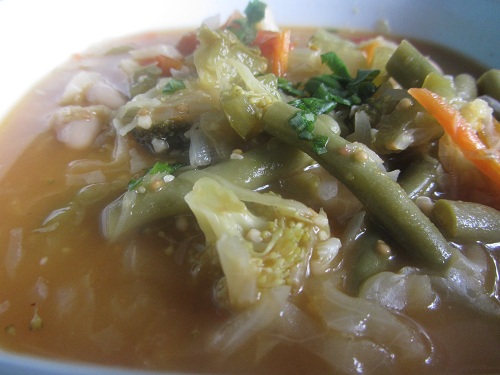
- CSA's
- Farmers Market
- Food Additives, Chemicals and Nitrates
- Food Terminology
- Genetically Modified Foods
- Non GMO Foods - Avoiding Genetically Modified Foods
- Going Green
- Non-Organic Foods
- Obesogens
- Types of Obesogens
- Avoiding Obesogens
Nutrition
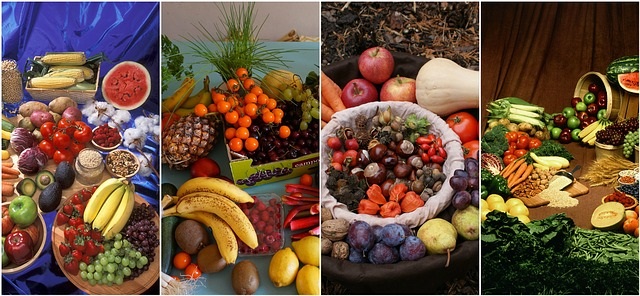
- Nutrition Basics
- Calorie
- Calories and Money
- Calorie counts of Foods per Pound
- Half Plate Rule
- Protein
- Fats
- Carbohydrates
- Glycemic Index
- Glycemic Index Chart
- Glycemic Index Diet
- Fiber
- Increase Fiber
- High Fiber Food
- Sugar
- Sugar Substitutes
- Food Cravings
- Meaning of Food Cravings
- Ending Food Cravings
- Carbohydrates and Weight Gain
- Processed Foods
- Real Foods
- Salt
- Vitamins
- Minerals
- Phytochemicals or Phytonutrients
- Nutrition Confusion
- Dietary Problems
